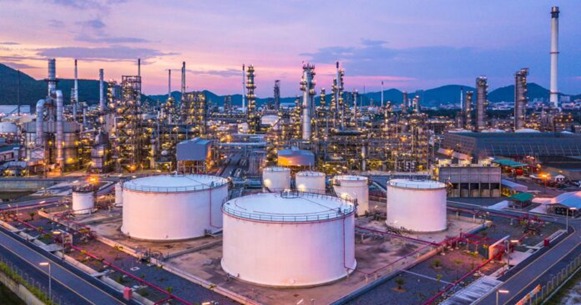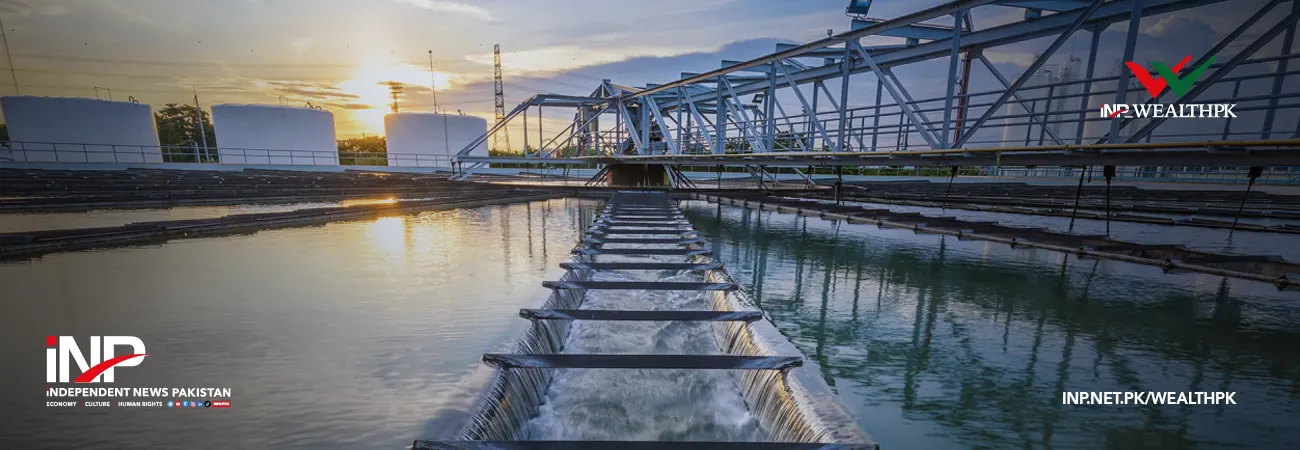INP-WealthPk
Qudsia Bano
Pakistan’s refining sector recorded a modest recovery in fiscal year 2023-24 as crude processing increased by 11 percent, but the country’s overall petroleum consumption continued to decline for the second consecutive year due to weak industrial activity, higher fuel prices, and the ongoing transition to cleaner and more competitive energy sources. The fall in fuel use has raised concerns about underutilization of refining capacity and declining revenues in the petroleum supply chain.
According to the Pakistan Energy Market Review 2025 by Renewables First, local refineries processed around 12 million tonnes of oil equivalent (Mtoe) during FY24 compared to 10.3 Mtoe a year earlier. The increase reflected temporary improvements in domestic demand and the partial normalization of crude oil imports after the severe foreign exchange constraints of the previous fiscal year.
Approximately 71 percent of the crude processed came from imports, while 29 percent was sourced from local fields, underscoring Pakistan’s continued dependence on foreign supplies. Refinery output during the year was dominated by high-speed diesel, furnace oil, and motor spirit, which together accounted for 85 percent of total production. Aviation fuels and kerosene made up 6 percent, while LPG, naphtha, and refinery gas contributed marginally.
The report said that the concentration of output in transport fuels and furnace oil reflects a persistent lack of diversification in the downstream sector, which has not yet developed significant capacity for higher-value products such as lubricants, greases, and petrochemicals. Despite the uptick in refinery operations, petroleum consumption across the country fell sharply, continuing the downward trend that began in FY22.
Total petroleum product consumption declined by 9 percent year-on-year in FY24 and by 33 percent over the past two years. The transport sector, which accounts for more than half of total demand, contracted by 3 percent due to high pump prices and reduced construction and logistics activities.
Industrial use dropped to 1.1 Mtoe, reflecting the slowdown in manufacturing, while oil consumption in the power sector fell 64 percent to 0.6 Mtoe as oil-fired generation was replaced by cheaper alternatives such as coal and imported LNG. The report attributed the reduction in petroleum demand to both structural and cyclical factors. High energy tariffs, foreign exchange shortages, and the shift toward distributed solar systems have reduced dependence on conventional fuels.
Many industrial and commercial consumers have adopted solar-based and hybrid systems to stabilize costs, while vehicle fuel efficiency improvements and reduced mobility demand have further constrained consumption growth. Crude oil imports continued to decline for the second straight year. Pakistan imported 8.5 Mtoe of crude oil in FY24, down from 11.7 Mtoe in FY22, marking a 24 percent reduction over two years.
In monetary terms, the import bill fell from 11.4 billion dollars in FY22 to 7.5 billion in FY24, easing pressure on foreign exchange reserves but reflecting weaker overall demand. Petroleum product imports also fell 18 percent year-on-year to 7.1 Mtoe, with motor spirit remaining the dominant import item while furnace oil was nearly phased out. The report pointed out that without modernization, local refineries will remain dependent on government protection through import restrictions and pricing interventions.
Policy reforms aimed at attracting private investment and establishing deep conversion facilities have been discussed for several years, but implementation has lagged. The planned Refinery Policy seeks to incentivize capacity expansion and desulfurization upgrades through tax concessions and duty relief, though tangible progress has yet to materialize. The contraction in petroleum consumption also reflects the growing influence of renewable energy in the domestic energy mix.
Solar adoption at both residential and industrial levels has displaced grid and generator demand, indirectly reducing diesel and furnace oil use. Similarly, the expansion of electric mobility, though still in early stages, is beginning to affect long-term projections for transport fuel demand. According to the Pakistan Energy Market Review 2025 by Renewables First, Pakistan’s downstream petroleum sector stands at a critical juncture.
While refinery output has improved in the short term, the ongoing decline in fuel demand, high import dependency, and lack of structural reform threaten to undermine its long-term stability. Unless investments are made in modern conversion and efficiency technologies, the refining industry may struggle to remain competitive in an increasingly diversified and decarbonized energy market.

Credit: INP-WealthPk












